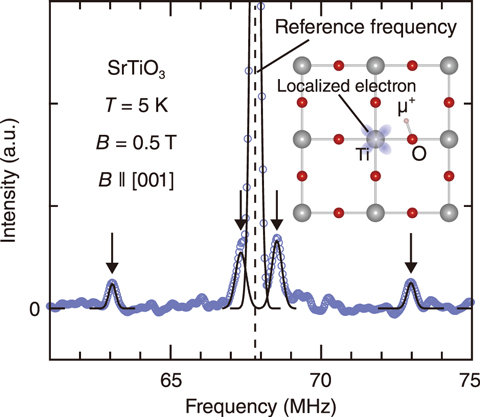
Fig.3-11 μ+ spin precession under an external magnetic field

Fig.3-12 μ+SR frequency spectrum of SrTiO3
In recent decades, much attention has been focused on the development of electronics based on metal oxides, known as oxide electronics, as this approach may allow for functionality and performance improvements of electronic devices beyond the limit of existing silicon-based technologies. Strontium titanate (SrTiO3), a dielectric material commonly used in capacitors, holds the key to establishing the oxide electronics. Although an insulator in its pure form, SrTiO3 changes into an excellent electron conductor when doped with impurities such as Nb, La, and H, or when O atoms are removed from the lattice. The excess electrons injected into the conduction band by these treatments show exceptionally high mobility in transition metal oxides, which is useful in many state-of-the-art applications.
The existence of conduction electrons with itinerant characteristics has been established; further, some traces of localized electrons have also been detected in electron-doped SrTiO3 by several experimental techniques. The existence of localized electrons could provide new functionalities to this important material, as itinerant and localized electrons generally show completely different transport and magnetic properties. However, the exact nature of the localized electrons is still far from being fully understood.
To solve the longstanding puzzle of the localized electrons in electron-doped SrTiO3, radioactive positively charged muons (μ+) were used in our experiment. Muons implanted into SrTiO3 chemically mimic hydrogen impurities in the dilute doping limit and serve as an electron donor. The muons also act as an atomic-scale magnetic probe to investigate the nature of excess electrons, which are brought into the lattice with them, as shown in Fig.3-11. This μ+-based approach provides a higher sensitivity in signal detection than similar techniques using real hydrogen.
A single-crystalline wafer of SrTiO3 was irradiated with a μ+ beam delivered from an accelerator; the nature of excess electrons was then investigated by the μ+ spin rotation (μ+SR) method. A clear signature of electron localization on a Ti atom adjacent to an interstitial μ+ was successfully observed at cryogenic temperatures, as detailed in Fig.3-12. Furthermore, the binding energy of the localized electron was unexpectedly low, thus suggesting that the localized electron can be interchanged with itinerant electrons even at moderate temperatures. These findings from the pseudoisotope experiment imply that the localized electron in hydrogen-doped SrTiO3 is a temporarily immobilized electron that is weakly bound at a special Ti site adjacent to an ionized dopant. The insights from this study shed new light on the dual behavior of excess electrons in electron-doped SrTiO3.
(Takashi Ito)